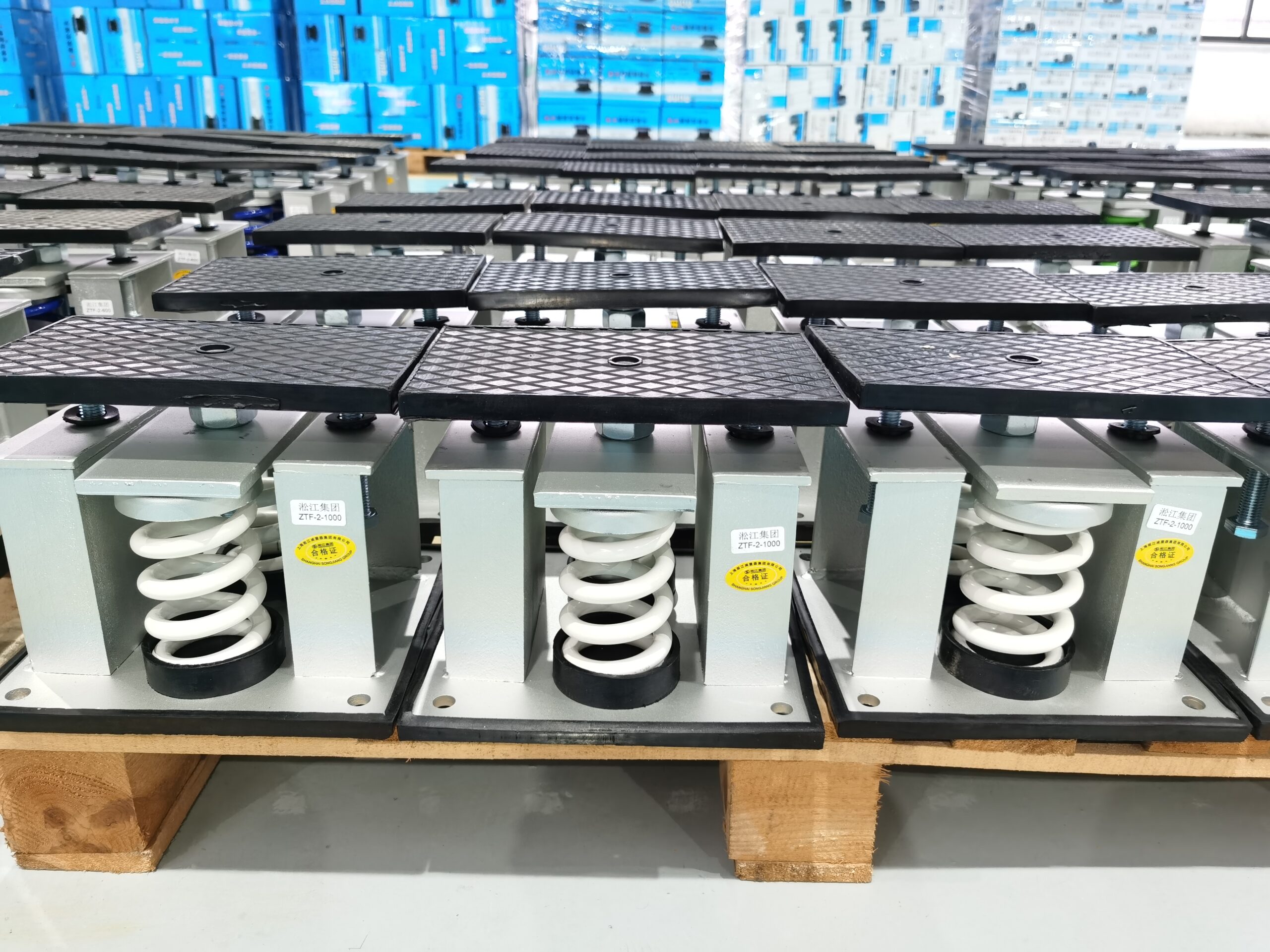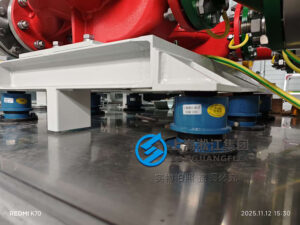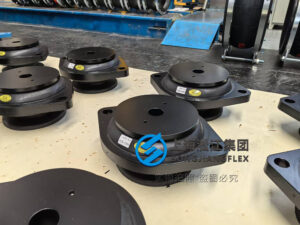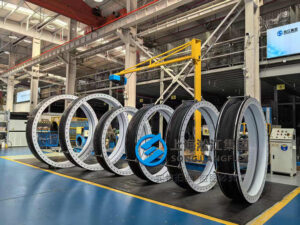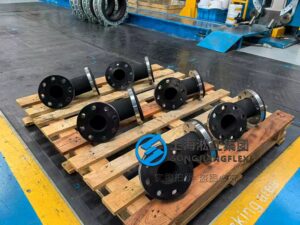How to Install an FLS Adjustable Spring Vibration Isolator?
When installing an FLS adjustable spring vibration isolator, people often struggle with the complexity of the installation process and ensuring that it effectively reduces vibration. But with the right steps, the installation is straightforward, ensuring your equipment is well-protected from vibrations.
To install an FLS adjustable spring vibration isolator, follow these clear steps outlined below, designed to ensure your system operates efficiently and smoothly.
Let’s walk through the details of the installation and how to ensure the best results.
Why Choose an FLS Adjustable Spring Vibration Isolator?
FLS adjustable spring vibration isolators are specifically designed to reduce vibrations from HVAC systems and heavy machinery. These isolators are critical for applications in air conditioning units, chillers, and other equipment, ensuring smooth operation and extended equipment life.
FLS spring isolators are known for their high efficiency in spring vibration isolators HVAC and spring isolator for chiller systems, offering maximum performance in both residential and industrial setups.
They provide enhanced vibration isolation, reducing the noise and wear on your equipment while maintaining structural integrity.
How Do You Install a Spring Vibration Isolator?
Installing a spring vibration isolator involves several key steps to ensure that it is correctly placed and functional. It is crucial to position the isolator under the equipment and adjust it according to the manufacturer’s guidelines.
Whether it’s a free standing spring isolator or part of an HVAC system, the basic steps include:
- Align the isolator with the mounting points.
- Secure it to the floor or base structure.
- Adjust the height and tension as needed.
Correct installation ensures optimal vibration isolation and long-term durability of the system.
Step-by-Step Guide to Install the FLS Adjustable Spring Vibration Isolator
- Prepare the Installation Area – Ensure that the area where you will install the isolator is clean and free of debris.
- Place the Isolator Under Equipment – Carefully position the FLS isolator beneath the mounting points of the equipment.
- Secure the Isolator – Use bolts or anchors to attach the isolator securely to the base or floor.
- Adjust the Spring – Adjust the spring tension using the built-in adjustment feature to meet the specific load and vibration requirements.
- Check for Stability – After installation, make sure the equipment is stable and the isolator is functioning correctly.
This process is especially relevant for restrained spring isolators, which are designed to handle greater loads and provide enhanced vibration control.
What is the Difference Between Vibration Absorber and Vibration Isolator?
The key difference between a vibration absorber and a vibration isolator lies in their function. A vibration absorber is designed to dissipate or absorb energy, reducing the intensity of vibrations. On the other hand, a vibration isolator prevents vibrations from reaching certain parts of a system by blocking their transmission.
In applications such as vibration dampening springs, absorbers can reduce high-frequency vibrations, whereas isolators are used to prevent vibrations from traveling through machinery.
Understanding the difference helps in choosing the right solution based on your specific needs.
What is a Restrained Spring Isolator?
A restrained spring isolator is a type of vibration isolator that includes additional components to restrain the movement of the spring. This is particularly important in environments where excessive motion could lead to instability or damage.
These isolators are commonly used in spring vibration isolators HVAC systems where precise control of vibration is essential to avoid mechanical failure. The restrained feature ensures that the isolator remains in place, even under heavy loads or high-intensity vibrations.
How Do Spring Isolators Work?
Spring isolators work by using a coiled spring to absorb vibrations and prevent them from passing through to the equipment or structure. They are highly effective in situations where both vibration and noise reduction are required.
For example, spring isolator for chiller systems provide critical vibration isolation, ensuring that the chiller operates without transmitting vibrations to surrounding structures, which could lead to damage or noise issues.
How to Install Coil Spring Isolators?
Installing coil spring isolators requires attention to detail to ensure proper functioning. Here’s a quick guide:
- Position the Isolator – Place the isolator under the equipment, ensuring even weight distribution.
- Secure with Bolts – Attach the isolator to the mounting base using bolts or anchors.
- Adjust the Tension – Fine-tune the spring tension to match the equipment load.
- Verify Performance – After installation, test the equipment to ensure the isolator is absorbing vibrations effectively.
Spring vibration isolators HVAC systems and other heavy machinery applications greatly benefit from the correct installation of coil spring isolators.
How Does a Vibration Isolator Work?
A vibration isolator works by preventing the transmission of vibrations from one part of a system to another. This is achieved through materials or components that absorb or block vibrations, such as springs, rubber pads, or air-filled chambers.
In many cases, like free standing spring isolators, the spring mechanism absorbs kinetic energy, reducing vibrations and protecting sensitive machinery.
Vibration isolators are critical for maintaining the stability and performance of equipment in various industries.
What to Check After Installation?
After installing an FLS adjustable spring vibration isolator, it is important to:
- Check for proper alignment and positioning.
- Ensure that all bolts and attachments are securely tightened.
- Verify that the isolator is providing adequate vibration control by testing the equipment.
This ensures the isolator functions as intended and continues to protect your equipment over time.
Summary
Installing an FLS adjustable spring vibration isolator is straightforward, with careful attention to alignment, securing, and spring adjustment. Proper installation ensures long-lasting vibration isolation and equipment protection.

